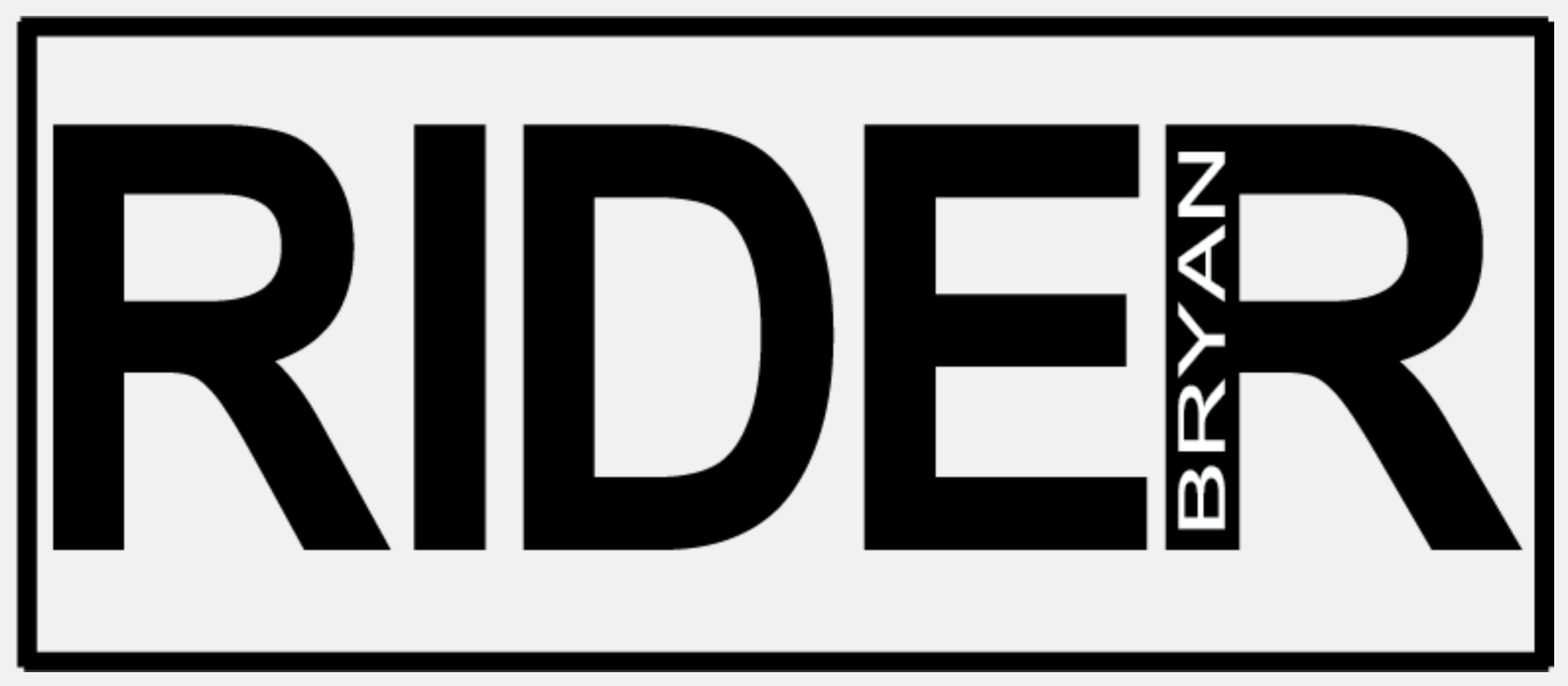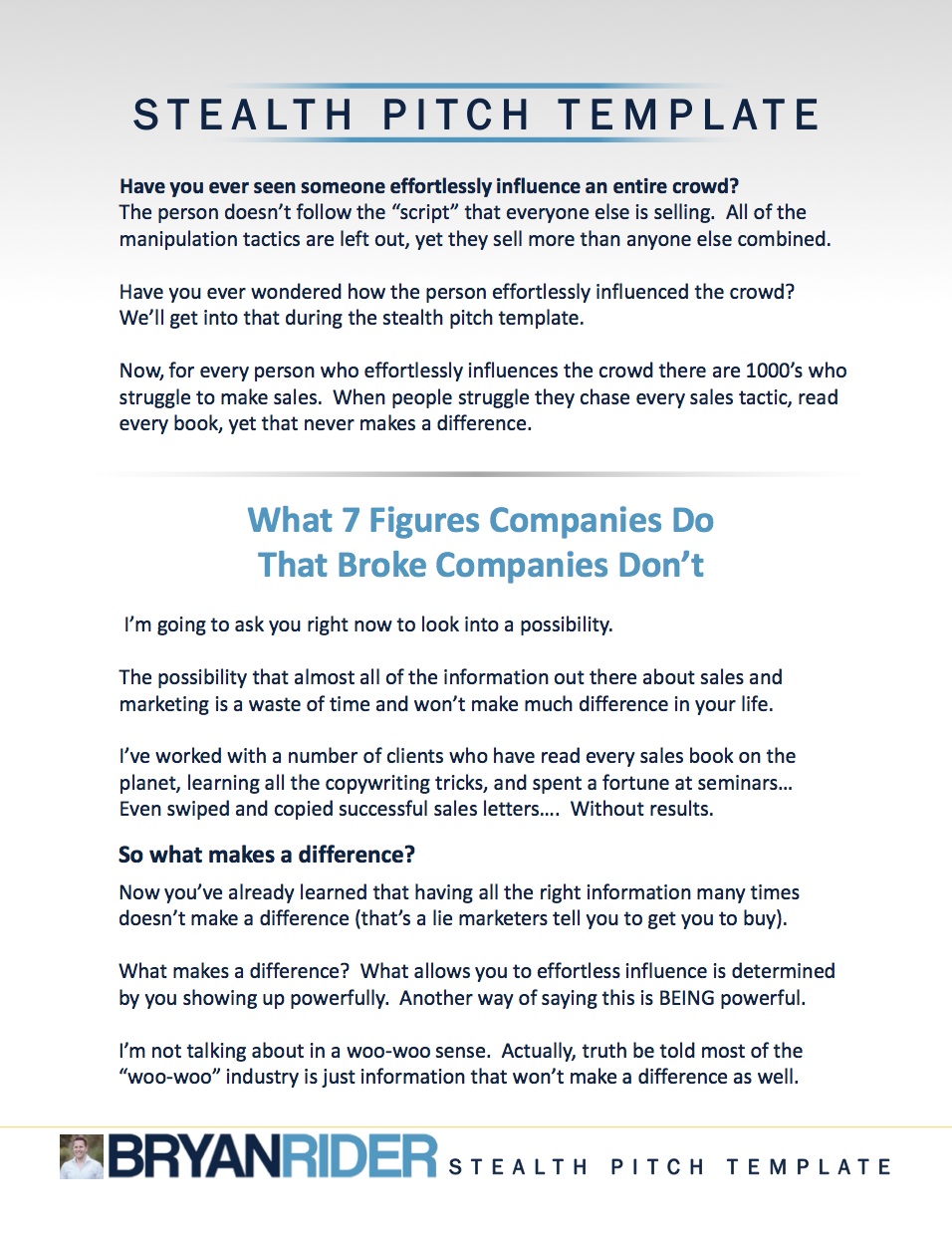The fortune is in the follow-up (part 2)
My last blog article about building a follow-up machine had a number of inquires. I decided to write a follow-up post to show you how to make it work in your business.
We’ll cover a case study in which we took a business from 100K to 450K a year just by fixing the follow-up sequence.
There are 3 questions you need to ask before you start your follow-up. I learned these questions from Eugene Schwartz’ book “Breakthrough Advertising”.
- What is the mass desire that creates this market?
- How much do the prospects know today about the way your product satisfies this desire? (Their state of awareness)
- How many other products or services have been presented to them before yours? (Their state of sophistication)
Most of the ineffective marketing I see fails to address the state of awareness of the prospect or the market sophistication.
Once you’ve answered these three questions, you can plan your follow-up sequence to create a predictable sales pipeline.
Ideally, you’d like your prospects to have at least 3-5 interactions with you and your marketing messages to solidify your expertise before you get on the phone.
Without enough interactions, much of the phone call is spent educating the customer instead of helping them clearly see how what you’re offering will benefit them.
Here are the types of interactions that work best.
- Marketing Assets (paperback book, Ebook, VSL, webinar, podcast, etc)
- Voice broadcast
- Direct mail
Many times we’ll reserve our direct mail campaigns until we know the prospect is more qualified.
The combination of these assets depends on industry type, sales cycle and the prospects state of awareness.
I’ll walk you through an example for the financial industry.
Say your prospect is 50 years old and wants to save money for retirement. Their state of awareness and market sophistication is extremely high. These prospects are one of the highly marketed to group on the planet, so they have seen literally 100’s of offers.
How do you compete in that market?
Most failing marketers go directly into the benefits such as “The one investment guaranteed to make you 1xxx% returns.
Though your prospect has tuned this marketing message out. As soon as he sees the message he turns his head.
So how do you build a follow-up sequence to capture his attention?
First off, you realize your follow-up is going to need to be lengthened out to overcome many of the objections. Due to the fact more follow-up is needed, automating the follow-up process becomes key.
Before we started, the client was going from contact to video sales presentation and 5 emails of increasing pressure to buy the product.
We softened the pitch and created a follow-up sequence that looked like this:
We created a 30 days sequence that looked like this.
- Ebook
- Positioning Content
- Video Sales presentation
- Webinar
- Case Studies
The entire process is automated so all that the business owner had to do was talk with qualified clients and follow-up with them after their initial phone conversation.
This sequence lowered his application cost from $122 an application to $43 per application.
It also cut the hours he was working every week from 70 down to 30.
Not a bad result.
If you’d like to learn about how we could build a follow-up machine for you, then click here to apply to talk with someone on our staff.
Remember, the fortune is in the follow-up.


